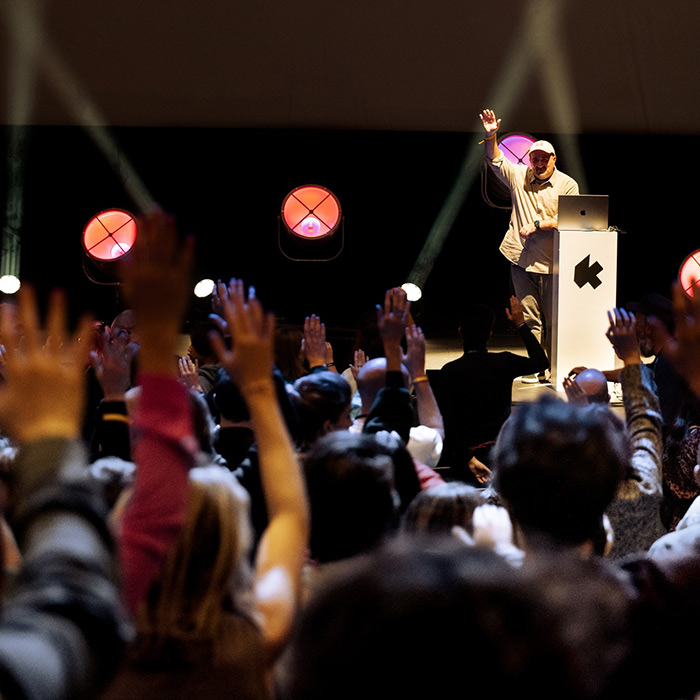Moritz Simon Geist
Moritz Simon Geist is a media artist, roboticist, and researcher working at the intersection of AI, sound art, and machine performance. Trained in classical music and engineering, Geist builds robotic instruments that produce sound physically—transforming code and algorithms into kinetic, audiovisual experiences. His work explores the materiality of sound and the role of AI in future creativity. From robotic techno albums to AI-driven sound sculptures, Geist’s installations and performances have been shown worldwide, including Ars Electronica, SXSW, and the Venice Biennale. He runs a research-based studio in Dresden developing sonic machines for art, industry, and speculative futures.
Automating Empathy — Can We Finally Replace Artistic Performers with Machines?
Automating Empathy — Can We Finally Replace Artistic Performers with Machines?
Artist and robotic musician Moritz Simon Geist explores whether machines can convey emotions on stage like human performers, which techniques and structures can be used, and which implications this has for arts and culture.
Algorithms and machines are redefining how artworks are produced, while the performative aspects of music, theater, and live performances are still handled by humans. But for how long? In this talk, artist, researcher, and robotic musician Moritz Simon Geist asks a profound question: Can human empathy be automated? Can machines, robots, and avatars transfer emotions at the same level as human performers in music or theater?
In this talk, Moritz traces the history of non-human performance in theater and music, from early animatronics to present-day robotic ensembles, and highlights the research around agency and skill in performance—two components essential for captivating an audience. He examines how robots, avatars, and algorithms might perform music or theater, using examples from his own work and others.
A key element is the concept of the Uncanny Valley—that eerie boundary where a machine looks almost human but not quite—and how it can affect our emotional response. Ultimately, Moritz invites us to consider whether the interpretive subtlety and emotional nuance of human performers can ever be fully replicated by technology, or if our empathy toward machines remains forever grounded in illusion.
So – can we automate empathy? Let’s find out!








